Attic problems: wet drywall
How annoying it can be when, after finishing the attic finish, when all the seams are plastered and rubbed, and the walls are painted, moisture penetrates through the roof. As a result, we see wet drywall spoiling the whole view of the attic..
What are the causes of moisture in the attic?
Dampness of walls lined with plasterboard is a fairly common problem. The most common reason for this situation is mistakes made during finishing work, its insulation, heating and ventilation..
The following ways of using the attic have a high influence on the formation of moisture:
intensive cooking;
drying clothes;
frequent use of hot water showers (produces large amounts of water vapor that must be removed).
Small leaks on the roof from which we see wet drywall are difficult to detect. Water comes in during rain or melting snow left on the roof. Such leaks are difficult to detect because they are usually not visible from the inside. Water seeping through leaks in the roof is absorbed into thermal insulation (usually mineral wool). Insulation loses its properties from winter freezing. You can use a thermal imager to find heat leaks. It is used for non-destructive determination of the area of flooded roofs and assessment of the degree of damage..
If the vapor barrier is installed correctly (tightly), then leaks appear only after a long time, even after several years. Water flows inside the gypsum board and creates wet spots not necessarily an exact leak on the roof. Most often they appear on discs and joints at the junction with the knee wall or pediment.
First, roof repair, drywall replacement
The only way to fix the wet drywall problem is to repair the roof. Only after it can wet drywall (or their fragments) and vapor barrier be removed. Without this, it is difficult to assess the degree of moisture. You must remember that it dries for a very long time, and if the air humidity is high, you can do without replacing it. With a small moisture vapor barrier, can be dried after wool removal.
Lack of proper roof ventilation
This is another reason why we are seeing wet drywall. Proper ventilation of all layers of the roof and moisture is carried out through the ventilation holes. Their number depends on the initial mating. When a roof membrane (currently the most widely used solution), there is a sufficient gap formed between the foil and placed on the grill with coated slats and counter slats..
For this, the gap can also fulfill its function, it must have entrances in the cornices and the exit of the ridge. Their lack of moisture is almost a guarantee of the first layers of the roof, then drywall. If steaming has begun, you must create an additional 3-4 cm thick ventilation gap between the casing and the insulation. Its absence or obstruction (for example, due to non-breathing insulation) contributes to the destruction of the wooden roof structure.
How to improve roof ventilation?
Contractor repairs removing wet drywall are quite difficult and expensive. He requires dismantling all layers of the attic. This is best done with a membrane, which must be detached from the inside between the rafters, at a distance of 3-4 cm from the battens.
Thermal bridges in the roof
Thermal bridges are places through which heat quickly escapes from the house. On the upper floors of a building, drywall is not difficult for their formation. Simple arrangement of only one layer of mineral wool in the rafters and crossbars formed by linear thermal bridges.
Also poses a serious risk of lack of continuity of the insulating material. All roof corners, baskets, roof contacts and brick wall are very difficult to insulate. The metal frame to which the drywall is attached also makes this task easier, as it brings cold outside. Often in places where they form thermal bridges, visible in dark streaks and spots in the profiles included under the plate.
.
Menu
In work
Owners
Water supply
Possibilities
Design
Roads
Materials (edit)
news
Finishing
Useful
Miscellaneous
Repair
Construction
Excavators
Exploitation
Road maintenance
User poll
What material for the walls of the house is better?
Brick
Gas silicate blocks
Beams
View Results
Loading …
archive
June 2015
May 2015
April 2015
March 2015
February 2015
January 2015
December 2014
November 2014
October 2014
September 2014
August 2014
July 2014
June 2014
May 2014
April 2014
March 2014
February 2014
January 2014
December 2013
November 2013
October 2013
September 2013
August 2013
July 2013
June 2013
May, 2013
April 2013
March 2013

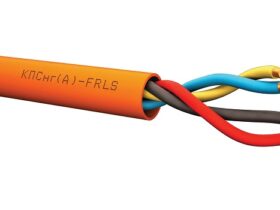
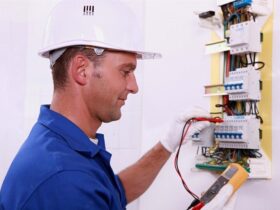
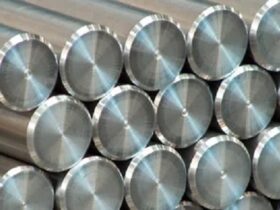
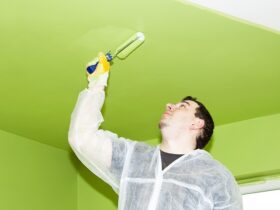
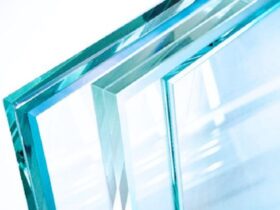
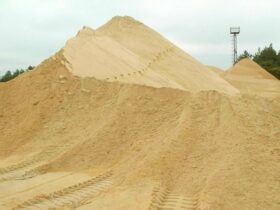










Оставить коммент.